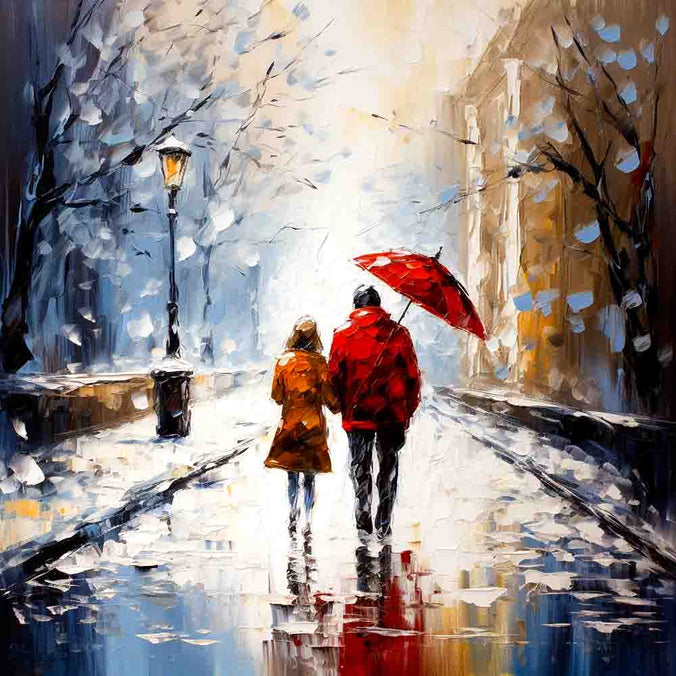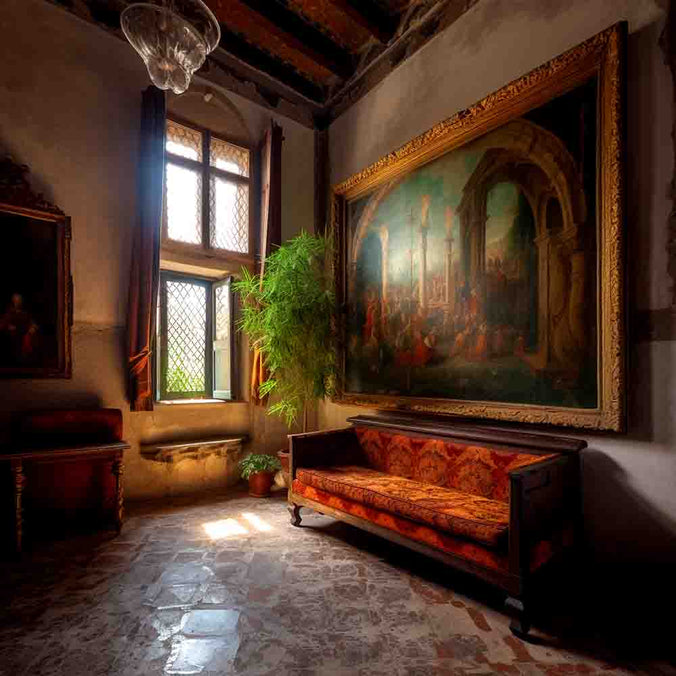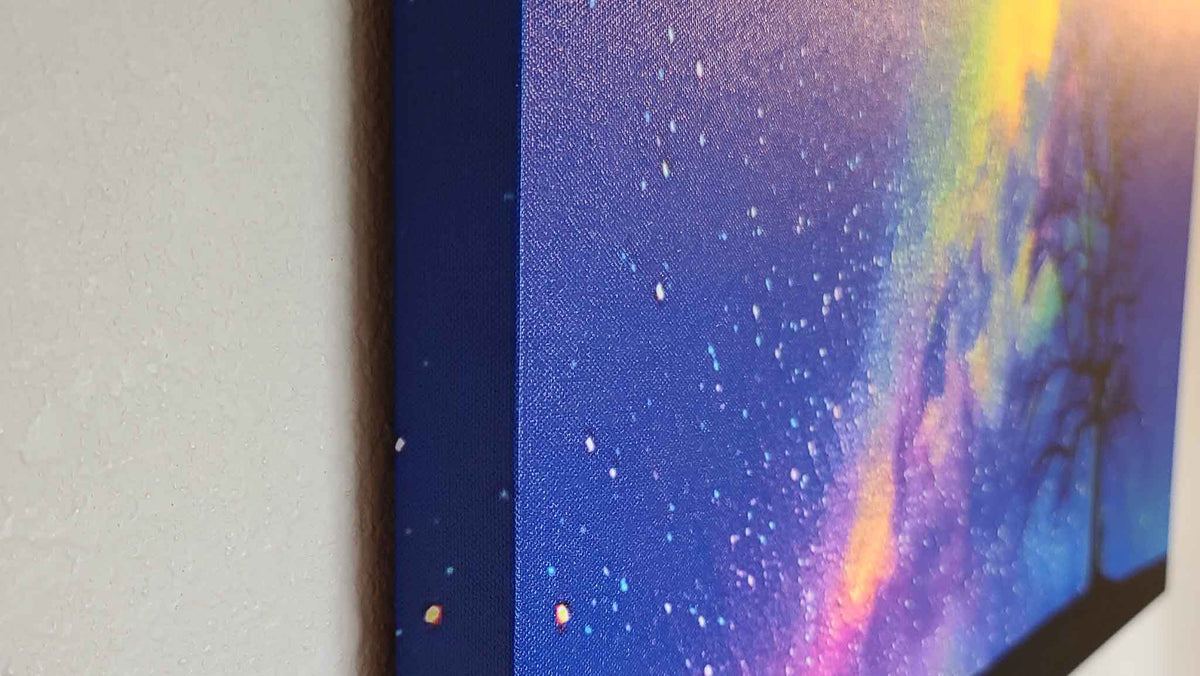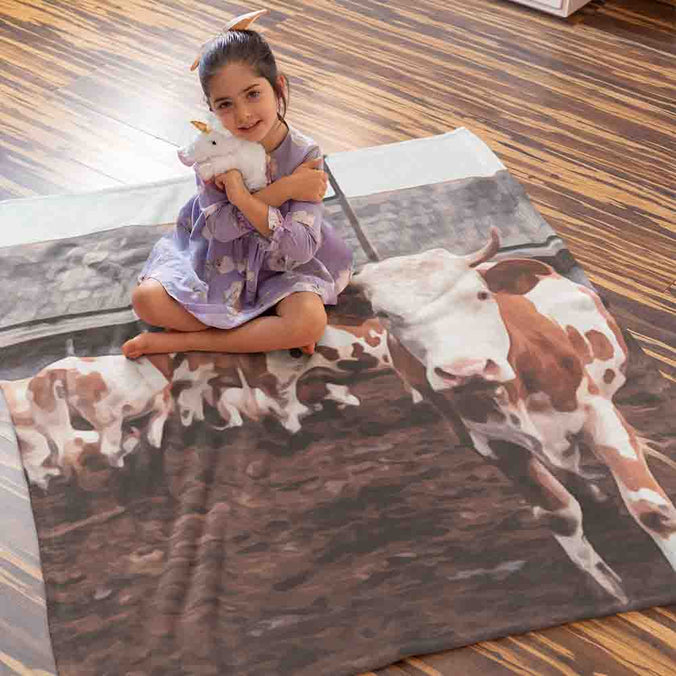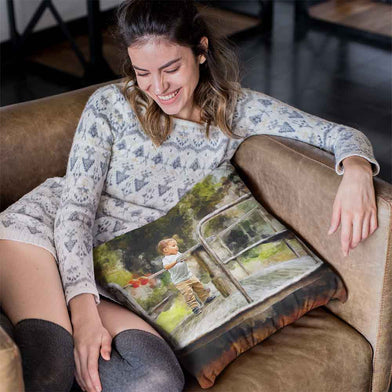10 Styles Of Art That Will Always Be Popular

10 Styles Of Art That Will Always Be Popular
The ten enduringly popular art styles include Abstract Art, which uses colors, shapes, and forms to create non-representational compositions; Modern Art, characterized by experimentation and innovation; Impressionist Art, known for its optical effects and looser brushwork; Contemporary Art, which incorporates new technology and innovative techniques; Cubism Art, featuring flat and geometric forms; Pop Art, drawing inspiration from popular culture; Surrealism Art, known for its absurd and humorous imagery; Fantasy Art, depicting mystical and fantastical elements; Photorealism Art, which meticulously recreates high-resolution photographs in paintings; and Street Art and Graffiti, transforming urban spaces into open-air galleries with powerful messages. These styles captivate audiences with their unique visual language and emotional impact, ensuring their continued relevance in the art world.
Abstract Art

Abstract art is a form of art that doesn't depict anything real. Artists use colors, shapes, and forms to create a work of art that may or may not be inspired by a subject. Abstract art offers powerful psychological effects on viewers, as it frees the brain from the dominance of reality and stimulates positive emotions. It gained traction at the turn of the twentieth century, with artists like Wassily Kandinsky pioneering completely abstract compositions and incorporating musical elements into their work.
Modern Art
Modern art emerged during the post-impressionism movement and encouraged experimentation and innovation. Influenced by the industrial revolution and World War One, artists abandoned intellectual judgment in favor of instinct, depicting the world as they observed it. Movements such as Pop Art and Minimalism marked a shift from traditional painting and sculpture to large-scale installations, film, video, and performance art, as well as earthworks.
Impressionist Art
Impressionist art is popular for its ability to capture optical effects on paper and canvas using looser brushwork and lighter colors. Pioneered in the 1860s in France, impressionist artists sought to capture everyday life using vibrant colors and incorporating scientific research into their colorful representations. Impressionist paintings are popular among collectors for their unique storytelling and emphasis on the artist's interpretation.
Contemporary Art
In today's art market, the public's role is more active and varied than ever, acting as both a consumer and a creator. Contemporary artists are constantly innovating and taking advantage of new technology, such as computer code and artificial intelligence, to create abstract pieces, futuristic vector portraits, and hyper-realistic works.
Cubism Art

Cubist paintings gained popularity before World War I, taking the concept of abstract painting and making it flat and geometric. Artists like Picasso, Braque, and Juan Gris pioneered the style, focusing on form, structure, and architecture in their work. Cubist paintings remain a favorite among art lovers.
Pop Art
Originating in the 1950s, Pop art is a timeless style that draws inspiration from popular culture. Its unique, colorful style can be seen in the works of artists like Claes Oldenburg, who created sculptures of everyday objects, and Marcel Duchamp, who sought to poke fun at serious contemporary art.
Surrealism Art
Surrealism embraced chance and produced images that were often humorous, absurd, or disturbing. Surrealist artists like René Magritte adapted traditional techniques and created new mediums for their work. The movement transcended national boundaries and united diasporic communities through journals, poems, and exhibitions.
Fantasy Art
Fantasy Art includes mystical elements such as fairies and unicorns and is often associated with fantasy fiction. Featuring specific scenes or characters, this genre has gained popularity among amateurs and professionals alike, thanks to the works of authors like J.R.R. Tolkien. Fantasy Art encourages the imagination, combining individual elements to create something fantastical and otherworldly.
Photorealism Art
Photorealism is a style of art that focuses on creating paintings that look like high-resolution photographs. This technique demands a high level of skill and patience from the artist, as they meticulously recreate the details, textures, and lighting of their subjects. The result is an artwork that often leaves viewers in awe of the artist's technical prowess and ability to create a visually convincing representation of reality.
Photorealism emerged in the late 1960s and early 1970s as a reaction to abstract expressionism. Artists like Chuck Close, Richard Estes, and Audrey Flack were at the forefront of this movement, creating stunningly realistic paintings that challenged the boundaries of what could be achieved with traditional painting techniques.
One of the reasons photorealism remains popular is its ability to create an immediate connection with the viewer. The realistic portrayal of everyday scenes and objects resonates with people, evoking a sense of familiarity and nostalgia. Moreover, photorealism can serve as a testament to the artist's technical skills, making it a sought-after style among collectors and enthusiasts alike.
Street Art and Graffiti
Street art and graffiti have evolved from their rebellious and clandestine origins to become a respected and influential art form. Artists like Banksy, Jean-Michel Basquiat, and Keith Haring have helped elevate graffiti and street art from acts of vandalism to celebrated works of art that often convey powerful social and political messages.
Street art and graffiti are characterized by their use of public spaces as canvases, often transforming urban environments into open-air galleries. The accessibility of this art form allows it to reach a wider audience, making it an influential medium for artists seeking to engage with the public and provoke thought or dialogue.
As street art and graffiti continue to gain recognition and acceptance, they are increasingly being incorporated into mainstream art spaces, such as galleries and museums. This crossover has helped solidify the legitimacy and popularity of street art and graffiti, ensuring their continued presence in the art world.
These ten styles of art have proven their enduring popularity over the years, capturing the hearts and minds of art enthusiasts and collectors alike. Each style offers its unique visual language and emotional impact, ensuring their continued relevance and appeal in an ever-evolving artistic landscape. As you explore these various styles, you're sure to find a piece that resonates with you and makes a perfect addition to your personal art collection.
Leave A Reply
Your email address will not be published. Required fields are marked *
